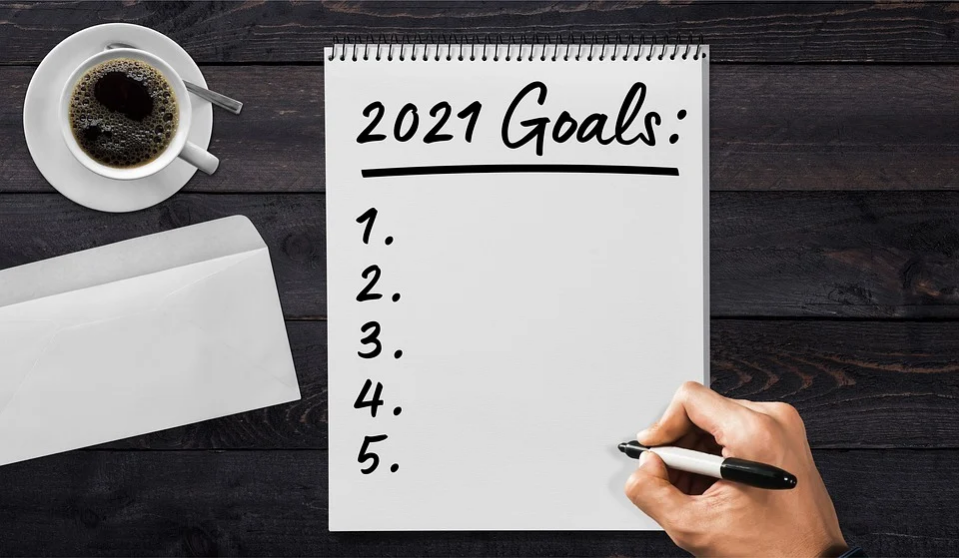Over the years, brands in India have woken up to the idea of Mother’s day. I realised this when most of the ads I saw last month on a website with content targeted at advertising, media and marketing professionals, were those of brands wishing ‘Happy Mother’s day’.
I remember that not too long ago, around 2005-06, the only brand who would do some thing on the second Sunday in May – Mother’s day – would be brands explicitly targeting mothers. Like Johnson’s baby. The activities on that day, done mostly on mainline media, would either be a crude cut / mashup of their existing ads or a banner wishing them. Mostly a cursory acknowledgement that the brand recognises them for who they are. The next day, these brands would go back to ads peddling benefits of the base products.
What struck me this time around was the number of ads that I saw and the production value in some of them. A quick search in YouTube and I could make a playlist of 25 ads (I’ve added the Google and P&G onee though they doesn’t wish the mothers but was released around that time)! About 15 from this year and the rest from 2015. Mind you there are many more from 2016, that I couldn’t find on YouTube, some which I felt were of too low quality to include, many more done by these same brands over the last few years.
While talking about ‘mom’ is something that appeals across, I think the real reason behind making these ads is that they can be targeted at ‘women’, the TG for most of the brands that made these ads. Notice the product placement in these?
The core idea for many of these ads is very similar – extol the virtues of mom, remember her, talk about her idiosyncrasies, teach her something new or let her talk about how she protects you. Pick one of these, link it to your product and viola there is the ad.
But why this sudden proliferation of them recently? Easy and cheap access to hosting and publicity media, proliferation of social media, low production costs (for many of these ads) are just a few reasons. And the biggest reason of them all, you don’t need a proper brief to make one. I am sure, a lot of these ads were pushed by the agency to the brand with a elevator pitch of how it will go viral and get massive free publicity for the brand.
But are they working? The most viewed ad was that of Tanishq (18th in the playlist) at 2.19 million views followed by Dettol (1st in the playlist) at 1.44 million and Horlicks (10th in the playlist) at 1.23 million. The P&G one for Rio’16 (27th in the list) garnered a massive 15.1 million views but I’ll discount that one. Exclude the top 3 ads, the next 8 had 1.5 million total views and 0.23 million views on average. Exclude these top 10 ads, the total views for the rest of the 15 ads was 0.19 million with an average of 12k views per ad.
The most shares were of Tanishq (4643 shares, 0.2% of total views) and Horlicks (4418 shares, 0.2% of total views). On an average, for the 21 ads where the sharing data is available, the sharing rate to views was 0.2%. As you can see, the sharing was abysmal when compared with the views which would have been obtained by pushing these ads on YouTube or on other social media sites. [All data as of 15th June’16 at 8 PM]
My quick take, the most viewed and shared ads for Mother’s day were all made to a brief, had high production values and had proper media spends and strategy behind them with many being aired on prime time TV! So if you are a brand, don’t fall for these agency elevator pitches of creating a viral on Mother’s day or think of exploiting such opportunities without putting in the required effort.



